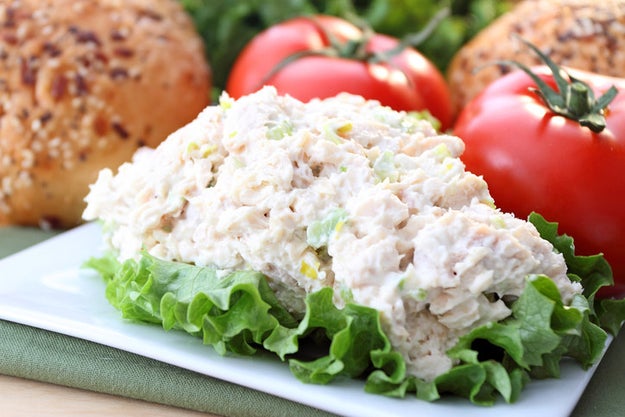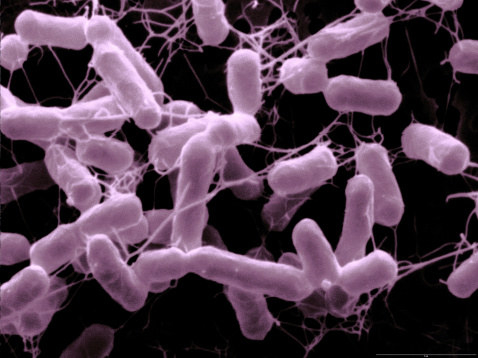 |
| Advertisement |
Chicken salad with a side of diarrhea and abdominal pain, anyone?
A total of 170 people in seven states have gotten sick after eating chicken salad contaminated with Salmonella typhimurium.

Budgaugh / Getty Images
The US Centers for Disease Control and Prevention (CDC) first announced the outbreak on Feb. 22, when 65 people were infected with the germ, which is a food-borne pathogen that causes diarrhea and fever.
At the time, more than 20,000 pounds of potentially contaminated premade chicken salad was recalled by Triple T Specialty Meats, Inc. The chicken salad had been made between Jan. 2 and Feb. 7 and was sold in containers priced by weight from deli counters at Fareway grocery stores in Illinois, Iowa, Minnesota, Nebraska, and South Dakota.
This week the CDC announced that an additional 105 people had fallen ill, bringing the total number of cases to 170. In addition to the states where the chicken was sold, there have been cases in Texas and Indiana. (Most cases have been in Iowa.) The newly infected people likely purchased the contaminated chicken salad from Fareway stores before it was recalled, according to the CDC.
The people who have gotten sick range in age from 11 to 89. There have been 62 hospitalizations so far, but no reported deaths.
The CDC recommends throwing away all recalled chicken salad from Fareway stores (even if no one who ate it got sick) and sanitizing all countertops and other surfaces where the recalled chicken salad was stored.
Salmonella bacteria affect the gastrointestinal tract, and people usually get sick from ingesting contaminated food or water.

Salmonella bacteria are a common cause of food poisoning in the US, and are responsible for approximately 1.2 million illnesses, 23,000 hospitalizations, and 450 deaths every year, according to the CDC. About 1 million of these cases are caused by contaminated food.
The bacteria are often linked to raw or undercooked poultry, eggs, and meat or other premade foods containing these, such as mayonnaise, salad dressings, and unpasteurized dairy products. However, it can also be spread to other foods through contact with contaminated surfaces, cooking tools or unwashed hands.
Scimat - / Getty Images / Via gettyimages.com
Symptoms generally start between 12 and 72 hours after infection. These include diarrhea, abdominal pain or cramping, fever, nausea, and vomiting. Supportive care, like fluids and rest, can help ease symptoms. The illness usually lasts about one week and goes away on its own without treatment.
In severe cases, some people may be hospitalized and require antibiotics. In rare cases, salmonella can be fatal. People with weakened immune systems — the elderly, very young, or people receiving chemotherapy — are at higher risk for complications or death from salmonella infections.
You might not be able to control everything about ready-to-eat foods bought at the store, but you can take action to prevent salmonella when cooking at home.

To stay healthy, experts recommend avoiding high-risk foods (raw or undercooked eggs, poultry, and meat) and keeping them refrigerated before cooking. You should also wash your hands before, during, and after handling food, sanitize countertops, and keep raw foods separate from ready-to-eat foods.
Find more tips on how to avoid salmonella here.
Dorling Kindersley / Getty Images / Via gettyimages.com


0 comments: